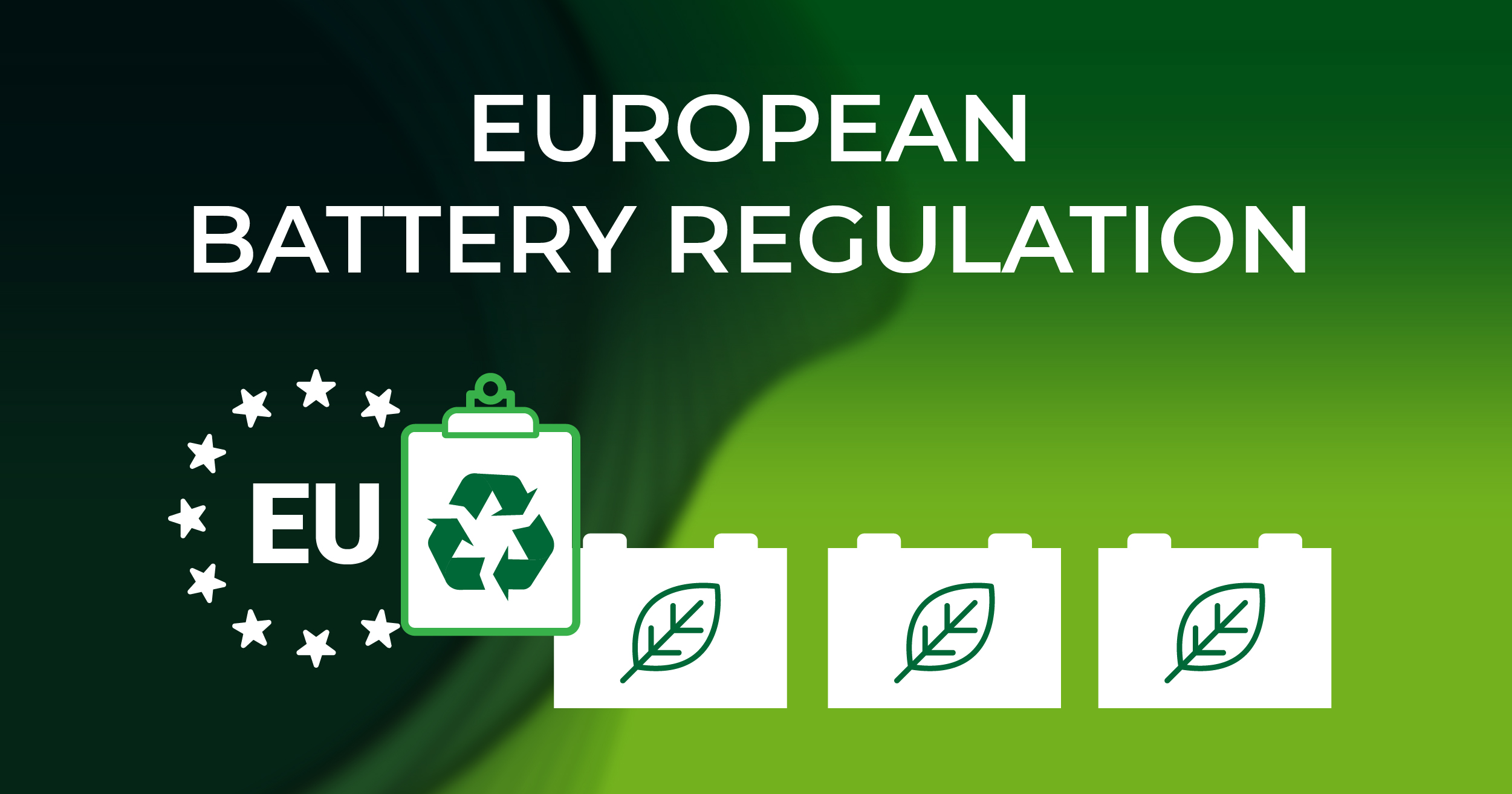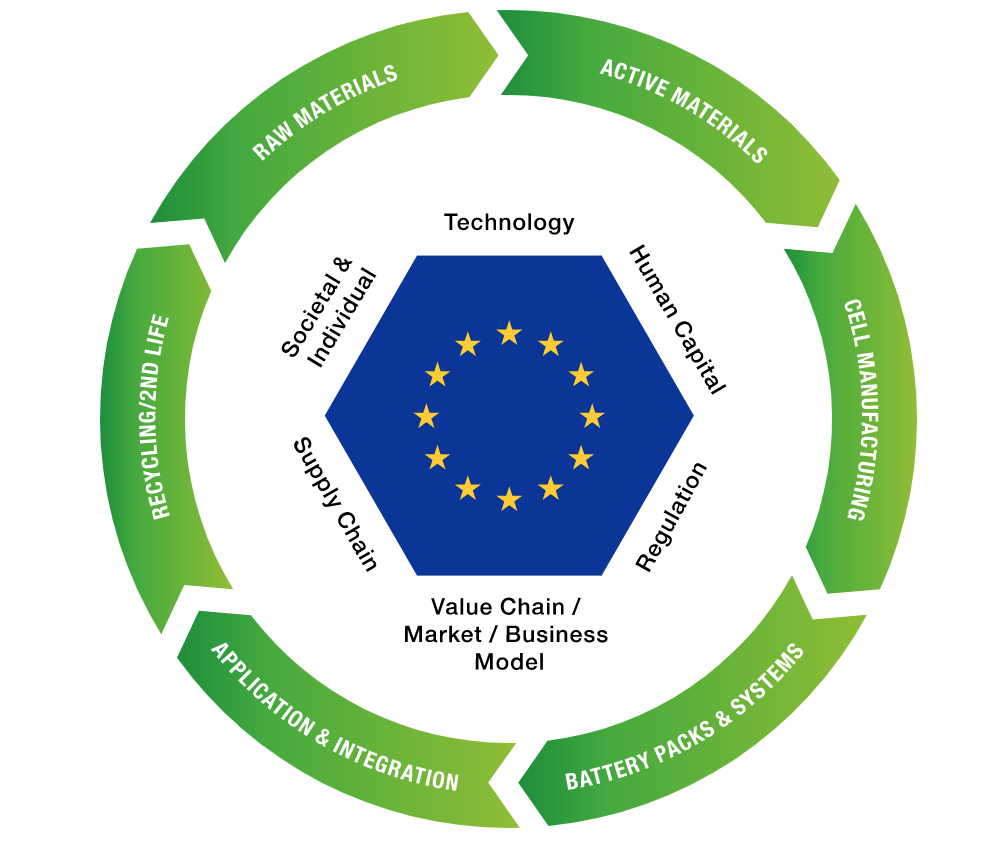European Battery Regulation
The European Battery Regulation: Powering the Future
The European Battery Regulation is a groundbreaking initiative aimed at revolutionizing the battery industry in Europe. With the rising demand for cleaner and more sustainable energy solutions, this regulation sets the stage for a greener and more efficient future. In this article, we will dive deep into the key aspects of the European Battery Regulation and its implications for the industry as a whole.
1. Understanding the European Battery Regulation
The European Battery Regulation is a comprehensive framework that aims to address various challenges associated with the production, use, and disposal of batteries. It sets strict guidelines for battery manufacturers, laying down rules regarding the materials used, energy efficiency, labeling, and recycling requirements.

Image: The new European Battery Regulation | Flash Battery
The regulation emphasizes the importance of reducing the environmental impact of batteries throughout their life cycle. By encouraging the use of sustainable and recyclable materials, it aims to minimize resource depletion and pollution caused by battery production and disposal.
2. Key Goals of the European Battery Regulation
The European Battery Regulation encompasses several goals that align with the EU's vision for a greener future. Some of the key objectives include:
- Reducing greenhouse gas emissions associated with battery production and use
- Promoting energy efficiency and resource conservation
- Improving the safety and reliability of batteries
- Establishing a level playing field for battery manufacturers in Europe
3. Implications for Battery Manufacturers
The European Battery Regulation will have wide-ranging implications for battery manufacturers in Europe. Compliance with the regulation will require significant investments in research, development, and infrastructure. Here are some of the key implications:
- Mandatory Recycling Targets: Battery manufacturers will be obligated to meet strict recycling targets, ensuring the responsible disposal and recovery of materials from end-of-life batteries. This will lead to the development of sophisticated recycling technologies and infrastructure.
- Material Restrictions: The regulation will limit the use of certain hazardous substances in batteries, promoting the development of alternatives that are safer for both humans and the environment.
- Battery Labeling: The European Battery Regulation will introduce standardized labeling requirements, enabling consumers to make informed choices based on the environmental and performance characteristics of batteries.
FAQs
Q: When will the European Battery Regulation come into effect?
A: The European Battery Regulation is set to come into effect in 2024. However, certain provisions may have transitional periods to allow battery manufacturers to adapt to the new requirements.
Q: How will the European Battery Regulation promote sustainability?
A: The regulation promotes sustainability by setting strict recycling targets, limiting the use of hazardous substances, and encouraging energy efficiency throughout the battery life cycle.
Q: Will the European Battery Regulation affect the availability and cost of batteries?
A: Initially, there may be some impact on the availability and cost of batteries as manufacturers transition to meet the new requirements. However, in the long run, the regulation is expected to drive innovation and cost reductions in the battery industry.
In Conclusion
The European Battery Regulation marks a significant step towards a more sustainable future for the battery industry in Europe. By setting strict guidelines for battery manufacturers and promoting sustainability throughout the battery life cycle, this regulation aims to reduce environmental impacts and drive innovations in the industry. As the regulation comes into effect, we can expect to witness a greener and more efficient battery market, powering the transition towards a cleaner energy future.
Sources:
- The new European Battery Regulation | Flash Battery
- EU Batteries Regulation: Where do we stand? | Nickel Institute
The New European Battery Regulation | Flash Battery
 Image Source : www.flashbattery.tech
Image Source : www.flashbattery.tech European Battery Regulation
 Image Source : www.maak-law.com
Image Source : www.maak-law.com Batteries Regulation - EUROBAT
EU Batteries Regulation: Where Do We Stand? | Nickel Institute
 Image Source : nickelinstitute.org
Image Source : nickelinstitute.org The New European Battery Regulation | Flash Battery
 Image Source : www.flashbattery.tech
Image Source : www.flashbattery.tech Updated European Battery Regulation — A Quick Overview | By Eolos
 Image Source : medium.com
Image Source : medium.com eolos
EU Battery Regulation: The Top 4 European Battery Players Take A Common
 Image Source : batteriesnews.com
Image Source : batteriesnews.com Updated European Battery Regulation — A Quick Overview | By Eolos
 Image Source : medium.com
Image Source : medium.com regulation overview eolos
Eu batteries regulation: where do we stand?. Regulation overview eolos. The new european battery regulation. Updated european battery regulation — a quick overview. The new european battery regulation